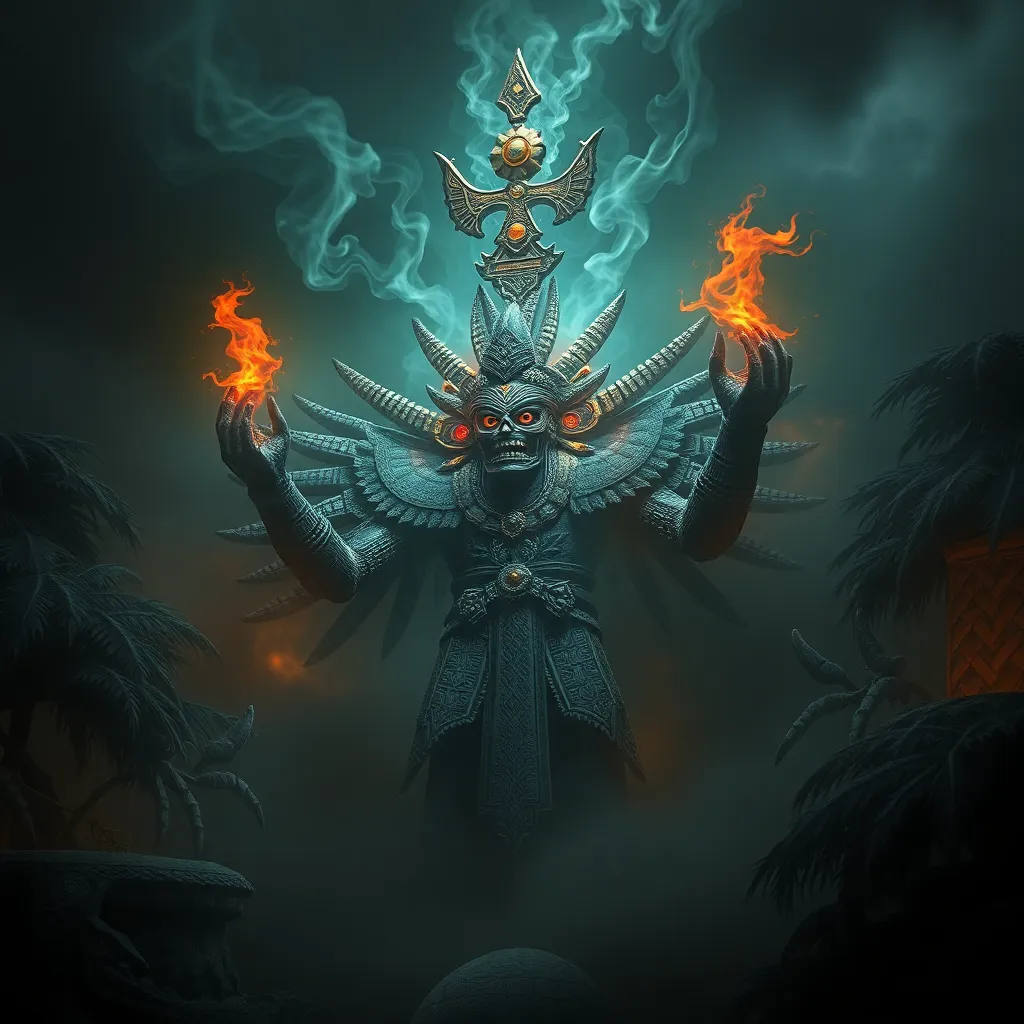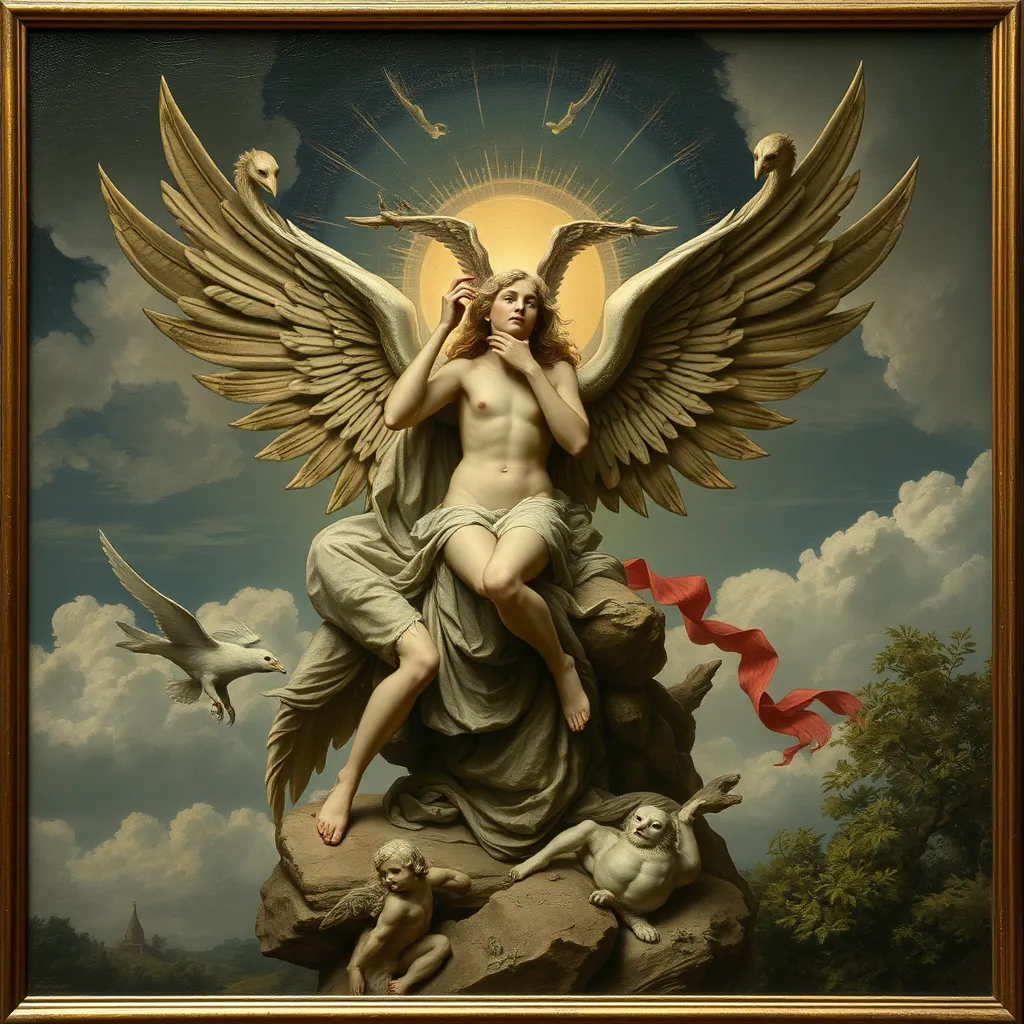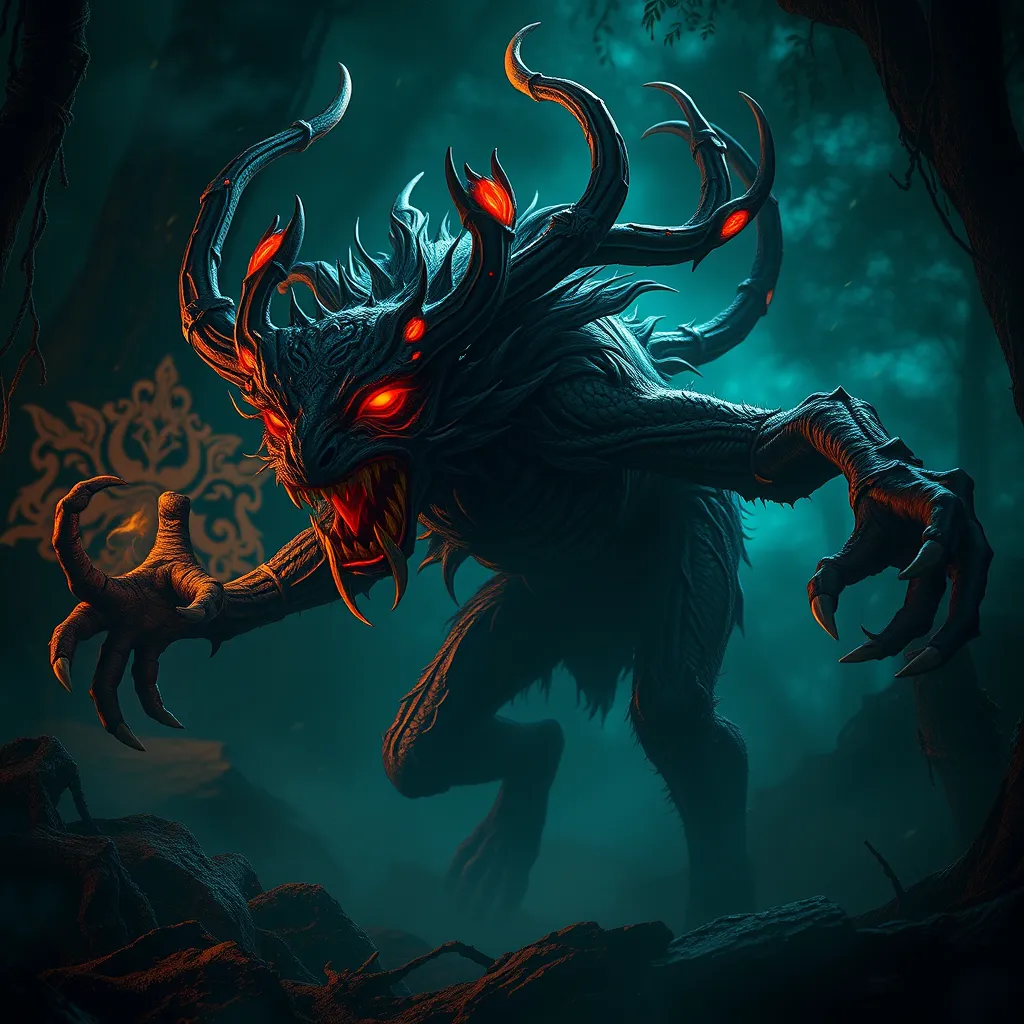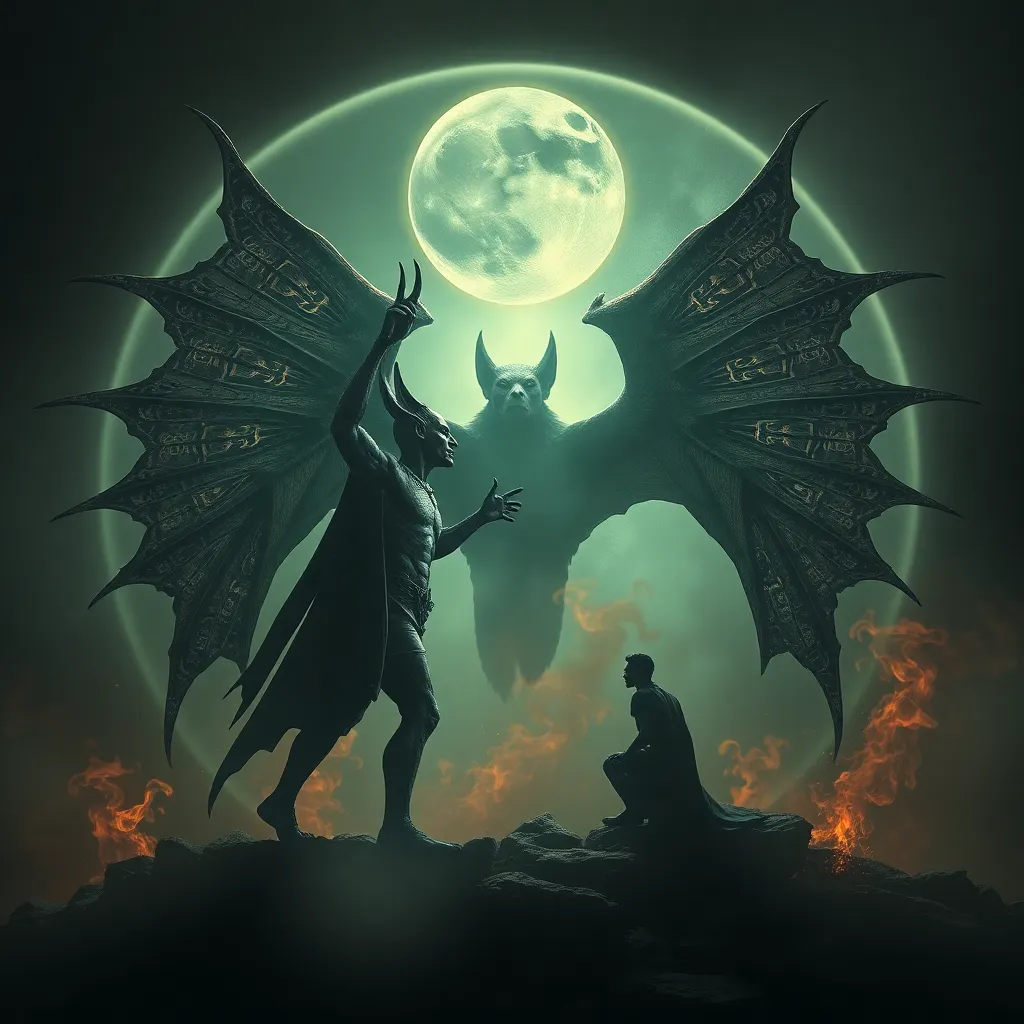Ah Puch’s Legacy: The Influence of the Mayan God of Death
I. Introduction
Ah Puch, known as the Mayan god of death, embodies a complex nexus of beliefs surrounding mortality, the afterlife, and the cyclical nature of existence in Mayan culture. He is often depicted as a skeletal figure adorned with symbols of decay and decay-related imagery, representing the inevitability of death. In Mayan mythology, death was not viewed as an end, but rather as a transformation and a necessary part of life. The reverence for Ah Puch reflects a deep cultural understanding of death’s role in the human experience.
II. Historical Context of Ah Puch
The origins of Ah Puch can be traced back to the early days of Mayan civilization, where he emerged as a significant deity in their cosmology. He is often associated with the underworld, known as Xibalba, a place where the souls of the deceased journeyed. Ah Puch was believed to govern this realm, along with other deities who presided over various aspects of the afterlife.
Depictions of Ah Puch in Mayan art and inscriptions reveal much about his character and the beliefs surrounding him. He is frequently illustrated with skeletal features, a protruding belly, and a headdress adorned with symbols of death such as owls and bones. These artistic representations serve as a vital historical record of how the Mayans conceptualized death and the afterlife.
III. The Role of Ah Puch in Mayan Society
Ah Puch was not merely a deity to be feared; he was a symbol of the natural cycle of life and death. In Mayan society, he represented both the terror and the inevitability of death. This duality encouraged the Mayans to embrace their mortality and engage in rituals that honored both life and death.
Numerous rituals and ceremonies were associated with Ah Puch, often involving offerings and sacrifices to appease him. These practices included:
- Burial rites that ensured the deceased were properly equipped for their journey to Xibalba.
- Festivals that celebrated the cyclical nature of life and death, often coinciding with agricultural cycles.
- Divination practices to communicate with the dead and seek guidance from Ah Puch.
IV. Ah Puch in Mayan Literature and Codices
Surviving texts provide critical insights into the character and significance of Ah Puch. The Popol Vuh, a foundational text of Mayan mythology, contains references to death and the afterlife, where Ah Puch is often mentioned in the context of the trials that souls face in Xibalba. His presence in these narratives underscores his role as a gatekeeper of the afterlife.
Other writings, such as the Dresden Codex, also feature references to Ah Puch, often depicting him alongside other deities in scenarios that illustrate the Mayan understanding of life, death, and rebirth. These texts not only highlight his importance in mythology but also serve as a reminder of the rich literary tradition of the Mayans.
V. Cultural Interpretations of Death in Mayan Civilization
Ah Puch’s influence extends beyond mere representation as a god of death; he shaped the Mayan worldview regarding mortality and the afterlife. The Mayans believed that death was a passage to another state of existence, one that required respect and proper preparation.
When comparing Ah Puch to other ancient cultures’ deities of death, several similarities and differences emerge:
- Like Hades in Greek mythology, Ah Puch presides over the afterlife, but unlike Hades, who is often portrayed as indifferent, Ah Puch was actively involved in the fates of souls.
- Similar to Osiris in Egyptian mythology, who represented resurrection, Ah Puch’s narrative includes themes of transformation and rebirth through the cycle of life.
- While many cultures viewed death with fear, the Mayans embraced it as an essential part of existence, largely due to Ah Puch’s dual nature.
VI. Ah Puch in Modern Popular Culture
In contemporary media and literature, Ah Puch has found a place as a figure representing the rich tapestry of Mayan mythology. His character has been adapted in various forms, including:
- Video games that incorporate him as a character, often emphasizing his sinister nature.
- Novels and graphic novels that explore themes of death and rebirth through the lens of Mayan mythology.
- Films and documentaries that aim to educate audiences about ancient Mesoamerican cultures, including the significance of Ah Puch.
There has been a resurgence of interest in Mayan mythology, driven by a broader fascination with ancient cultures and their belief systems. This has led to a revival of interest in figures like Ah Puch, who serve as gateways to understanding the complexities of Mayan spirituality.
VII. The Ongoing Legacy of Ah Puch
Ah Puch’s legacy continues to influence modern spirituality and practices in Central America. Many contemporary spiritual movements draw upon ancient Mayan beliefs, integrating elements of Ah Puch’s teachings into their practices. This demonstrates the enduring relevance of ancient mythologies in modern contexts.
Moreover, Ah Puch plays a crucial role in cultural identity and heritage preservation. For many communities in Central America, he represents a connection to their ancestral past, fostering a sense of pride and continuity. Initiatives aimed at promoting indigenous culture often highlight figures like Ah Puch, emphasizing their importance in the broader narrative of human civilization.
VIII. Conclusion
Ah Puch’s enduring impact on society and culture underscores the importance of understanding ancient mythologies. His multifaceted character not only serves as a representation of death but also encapsulates the Mayan worldview, which embraced life, death, and the cycles of existence. As we reflect on his legacy, it becomes clear that preserving and understanding these ancient narratives is crucial for appreciating the complexity and richness of human experience across time.



